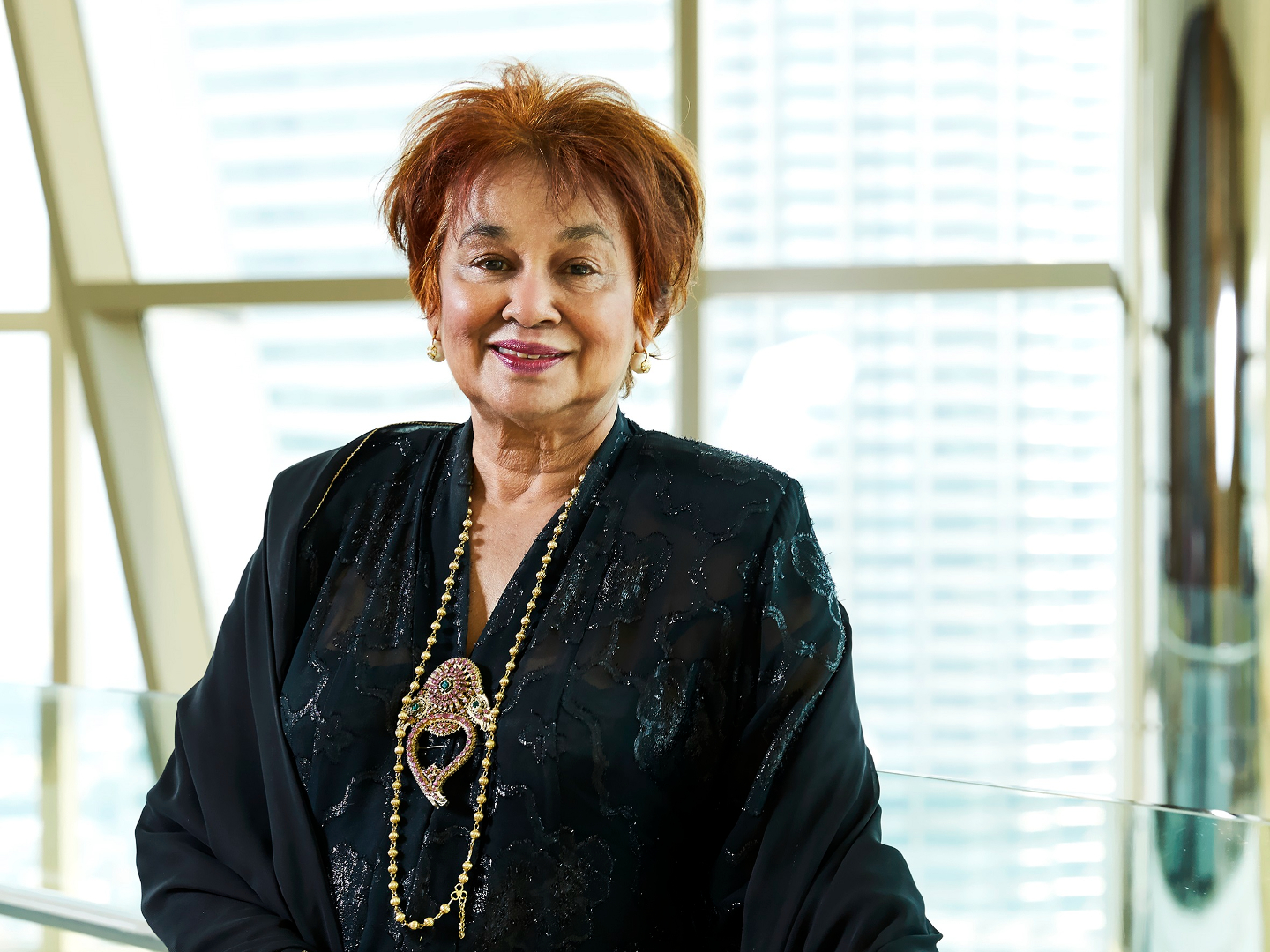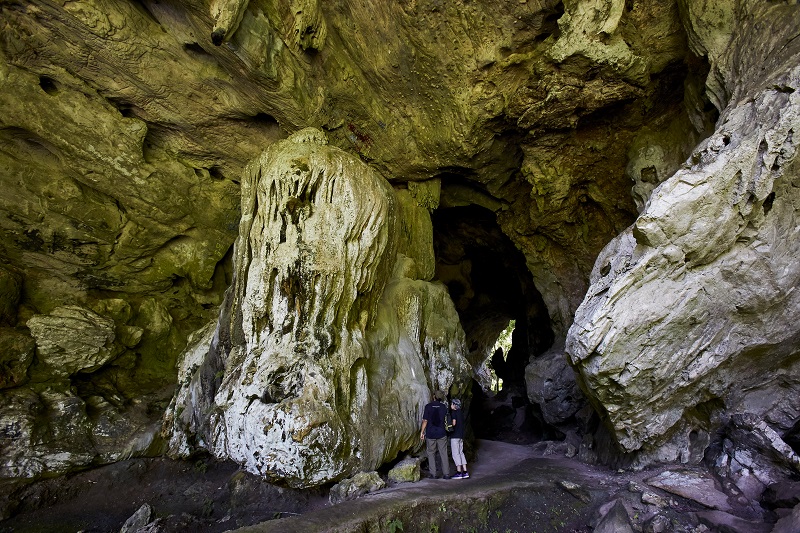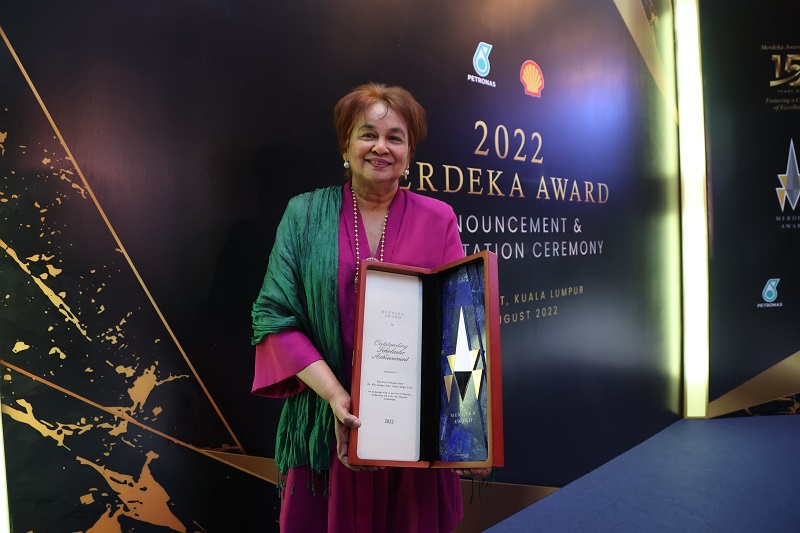
Zuraini’s well-known archaeological discoveries in the Lenggong Valley include Kota Tampan and the Perak Man (Photo: SooPhye)
Since the 1970s, Emeritus Professor Datuk Dr Siti Zuraina Abdul Majid has been laying the foundation for the development of archaeology as a discipline in Malaysia. The impact of her findings eventually led Universiti Sains Malaysia to set up the Centre for Archaeological Research Malaysia, which has produced a new generation of archaeologists at master’s and PhD levels. As the pioneer of a multidisciplinary research approach in the field of archaeology, she also established the Department of National Heritage, that aims to safeguard Malaysia’s historical heritage.
“It was very tough to establish because people were not aware of the fields and decision-makers found this to be a very new idea,” she relates. “I’m fortunate that my discoveries helped me convince them, and foreign researchers who came to my site added credibility to my work.”
Zuraini’s well-known archaeological discoveries in the Lenggong Valley, which consist of Kota Tampan (a Palaeolithic stone tool artifact site) and the Perak Man (a Palaeolithic skeleton), prove the existence of the first “capital” of Malaysia and one of the two earliest habitations in Southeast Asia, thus putting the country on the archaeological world map. The Perak Man also revealed the world’s earliest evidence of a rare deformity from birth, Brachymesophalangia Type A2. At the same time, the discovery of the Perak Man led to the first-ever revelation of a Palaeolithic burial ritual in Southeast Asia, which subsequently enriched the historical records of our nation and the region. Furthermore, through a stringent and thorough examination and research in 2012, she successfully obtained a Unesco World Heritage Site status for Lenggong Valley.
gua_kajang_s1a1761a.jpg

Kota Tampan is particularly important because of the attention it obtained internationally. “It was 1988 in Paris at an archaeological conference when I received a standing ovation for the discovery of Kota Tampan. This was especially significant because it was at a time when Malaysia was regarded as a laggard in archaeology, barren of archaeological interest, unlike the rest of Southeast Asia. We were regarded as unimportant. Suddenly, Malaysia jumped to the forefront.
“To me, Kota Tampan is also special because it answers questions that weren’t addressed for many years. It is along the route of early man in his movement around the world,” she adds. “Kota Tampan provided the evidence researchers were looking for. It also revealed how early man made tools in a tropical climate, which is different from how it was done in Europe. It’s a very significant discovery and there were archaeologists coming from all over the world to see it.”
After fighting for visibility for so many years, Zuraina says the Merdeka Award will help her tremendously to further elevate the profile of her profession. “Firstly, recognising a field that has been underground is great,” she quips. “It’s fantastic because we have proven that Malaysia has global importance in this field and it highlights this fact yet again — it helps me explain what archaeology can do. This is an award for all Malaysians as it recognises the significance of the prehistory of a land so full of natural resources that it has sustained human life for hundreds of thousands of years.”
backdrop_-_merdeka_award_2022_-_emeritus_prof._dato_dr._siti_zuraina_abdul_majid_-_outstanding_scholastic_award.jpg

Interestingly, Zuraina encourages people to study archaeology not necessarily to join the profession, but merely for the love of the discipline. “Archaeology is a very good field to train your mind. Science is specific, the arts is general — archaeology has one foot in both. The training it gives the mind is superb because it has no disciplinary boundaries. When we discover something, we will go to anyone who has the technology or the means to help us decipher it.
“It teaches you how to think logically, how to think evidentially, and you acquire a sense of time and space that no other discipline will give you. Why wouldn’t employers want such people? Archaeology shouldn’t be viewed just as a profession, but as a discipline that will benefit anyone. I hope the awards also highlight this — you don’t have to join the profession but pursue the field for the rich sense of time and space the study of archaeology endows you with.”
Today, Zuraina occupies her time working on the submission dossiers for FRIM (Forest Research Institute Malaysia) and Royal Belum to Unesco for their listing as world heritage sites — a process that takes multiple years to research and assemble. But her love for archaeology will never wane, neither will the value of her contribution to it. “The foundation has been laid in teaching, research and public awareness, which I hope will grow healthily as I leave the field. I hope excellence is maintained through meticulous excavations and multidisciplinary research, grounded in archaeological ethics. My wish is for the authorities to protect and communicate our findings on the nation’s past to the public.”
Emeritus Professor Datuk Dr Siti Zuraina Abdul Majid is one of six recipients of the Merdeka Award this year.
This article first appeared on Aug 29, 2022 in The Edge Malaysia.


